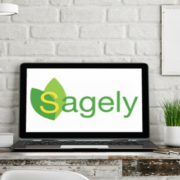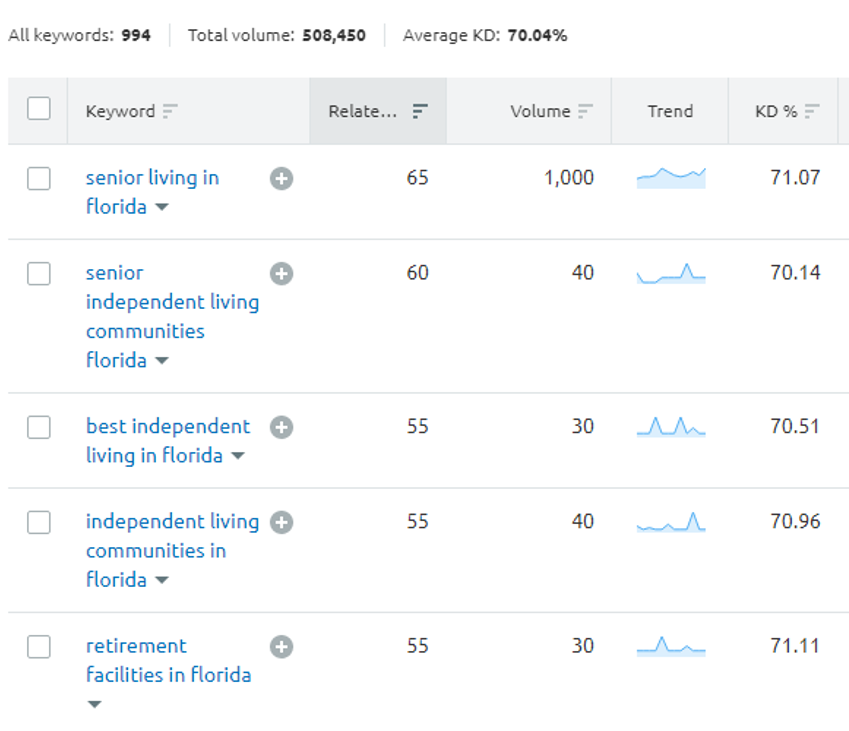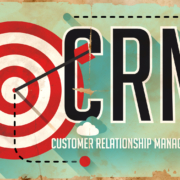Senior Living Marketing Automation Platforms: How to Choose
If you’re a regular reader of our blog, you know we’re big fans of marketing automation platforms for senior living communities.
Last year, we provided some tips for evaluating different platforms. That discussion resulted in some good questions from readers, including costs and our recommendations. So we’re addressing some of these questions here.
What’s the most important thing to consider when choosing marketing automation?
The most important thing to consider is the functionality your marketing and sales teams need. THIS WILL VARY COMMUNITY TO COMMUNITY. Survey your teams regarding what they want and what they feel is currently lacking when it comes to things like scoring leads (marketing-qualified vs. sales-qualified), segmenting leads, nurturing leads, and analyzing leads and conversions.
For example, maybe you simply need lead nurturing, not a centralized marketing hub that does everything (including your laundry).
Or maybe your teams have gotten adept at deciphering Google Analytics. If that’s the case, you might opt for marketing automation that provides only basic key performance indicators (KPIs) rather than endless options for sophisticated reports.
Or perhaps you already have a thriving blog on your senior living website. You won’t need blogging functionality, which tends to be a popular option in many high-end automation platforms.
How much does marketing automation cost?
Price points vary just as widely as the products themselves. And here’s the thing: Pricier products aren’t always better. Typically, the more expensive, the more functionality. (But, of course, some products might have inflated price points. Always make sure you understand what you’re buying.)
Remember, buy for your marketing and sales teams’ needs. Start with what the automation software must do. Then, look for companies that offer products that match those desired capabilities.
Going back to our example above: If you don’t need blogging capabilities, don’t consider products (or product tiers) that have a blogging function since that will only jack up the price.
A few other things to consider when comparing price points:
- Will you be paying monthly or annually? Some marketing automation companies offer a discount if you opt for an annual subscription.
- How does the automation company base its subscriptions? Is it based on the entire number of contacts in your database? How does it alert you if you’re skirting close to the next subscription tier? (Which can often result in a price increase.)
- Do you need to consider who will be managing the marketing automation implementation and ongoing management? If you outsource this to a marketing agency, like ours, you need to consider those costs as well.
- Make sure you’re comparing apples to apples. This should be obvious, but in case someone needs to hear it, there you go!
Should my senior living CRM integrate with my marketing automation platform?
We believe integration is critical because you want marketing and sales to work in harmony. No more silo mentality here! Marketing automation, when implemented correctly, will serve up sales-qualified leads to sales while continuing to nurture the marketing-qualified leads until they’re ready for a sales interaction.
Connecting your CRM and your marketing automation software helps “close the loop” and supplies important insights to both teams about the quality of leads and conversions.
That said, buyer beware! You should NOT settle for an inferior marketing automation product that is “built in” to your senior living CRM.
Ugh, so does this mean I’ll be limited in marketing automation platforms based on the CRM I’m already using?
Not necessarily. The best solution is to find the marketing automation platform that best meets your needs and then find a CRM integration partner (like us!). We’ve done successful marketing automation integrations with almost all of the senior living CRMs.
What marketing automation platforms do we recommend?
HubSpot is an excellent “Cadillac” solution with plenty of sophisticated capabilities, like lead scoring, personalization tokens, smart CTAs, and amazing analytics (just to name a few items). ActiveCampaign marketing automation (not to be confused with ActiveDEMAND) is an excellent budget-friendly option for basic emailing and lead nurturing functionality.
If someone wants to have a centralized marketing portal to run their paid/social campaigns, blog, and lead nurturing plus CRM integration and robust custom reporting, HubSpot is the way to go. But we recommend that you work through a HubSpot certified partner (like us!). An integration partner will make sure you get the right package. In addition, they can negotiate pricing on your behalf. We recently saved a client over $70,000 in first-year licensing fees!















